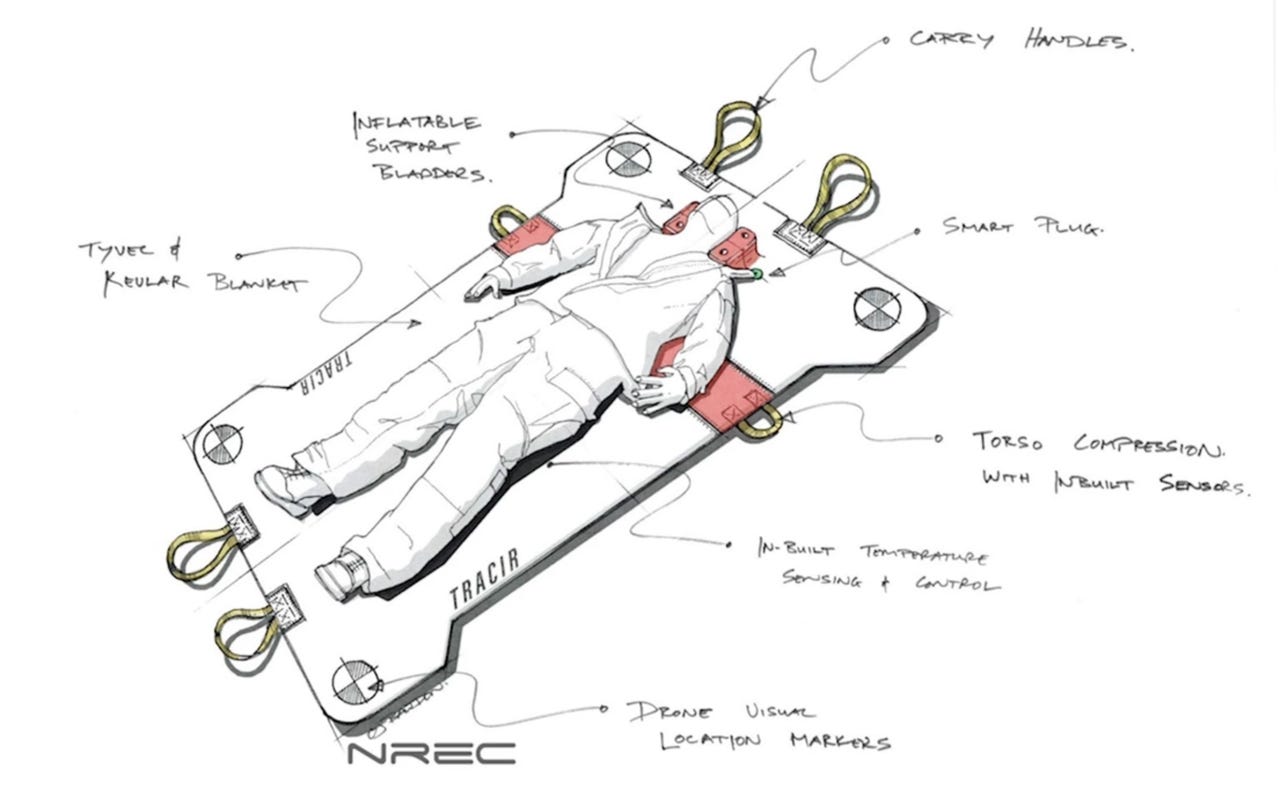MASH for millennials: A robotic trauma center in a backpack


Think some jobs are automation-proof? Well it turns out even Hawkeye Pierce might have some competition.
That's if medical researchers and engineers at Carnegie Mellon University and the University of Pittsburgh Medical School have anything to say about it. The schools were each awarded contracts totaling more than $7.2 million from the U.S. Department of Defense to create a portable autonomous trauma care system. The idea is that a trauma center in a backpack could be used to treat and stabilize soldiers in remote locations where it's difficult to bring in trauma specialists.
"Battlefields are becoming increasingly remote, making medical evacuations more difficult," says Ron Poropatich, M.D., retired U.S. Army colonel, director of Pitt's Center for Military Medicine Research and professor in Pitt's Division of Pulmonary, Allergy and Critical Care Medicine. "By fusing data captured from multiple sensors and applying machine learning, we are developing more predictive cardio-pulmonary resuscitation opportunities, which hopefully will conserve an injured soldier's strength."
Telemedicine, in which surgeons are beamed in via teleoperated robots to perform surgeries in remote areas, has been a prevailing field of robotics research for the Department of Defense. But the packable trauma center is not a teleoperated device, but more like a robotic cocoon that relies on machine learning and autonomy. The system will be called TRAuma Care in a Rucksack: TRACIR.
The idea, still in the conceptual phase, is to create a lightweight robotic suit into which injured soldiers can be placed. Monitors embedded in a hard or a soft suit can assess the injury, and AI algorithms can then physically apply critical care, such as intravenous fluids and medications.
Must-see offers
The grant recipients are quick to point out that much of the technology necessary to create such a system doesn't yet exist.
"Everybody has a slightly different vision of what the final system will look like," Artur Dubrawski, a research professor in CMU's Robotics Institute, explains. "But we see this as being an autonomous or nearly autonomous system — a backpack containing an inflatable vest or perhaps a collapsed stretcher that you might toss toward a wounded soldier. It would then open up, inflate, position itself and begin stabilizing the patient. Whatever human assistance it might need could be provided by someone without medical training."
One of the advantages the researchers have is a digital library of physiologic data collected from over 5,000 trauma patients from UPMC, a University of Pittsburgh Medical School-affiliated hospital chain. Machine learning can use the information to learn signals about how and why a patient's health deteriorates following trauma.
"TRACIR could be deployed by drone to hikers or mountain climbers injured in the wilderness; it could be used by people in submarines or boats; it could give trauma care capabilities to rural health clinics or be used by aid workers responding to natural disasters," Poropatich said. "And, someday, it could even be used by astronauts on Mars."